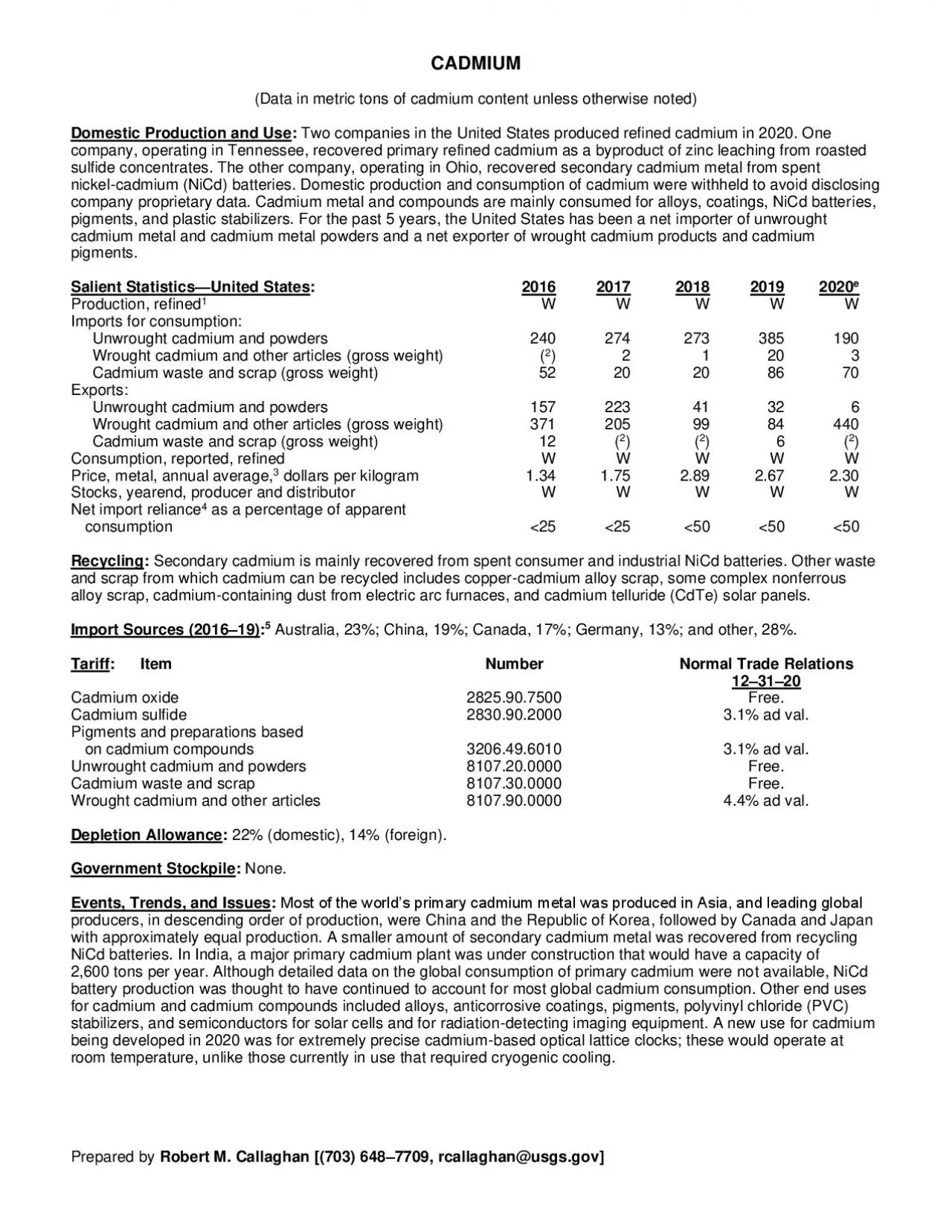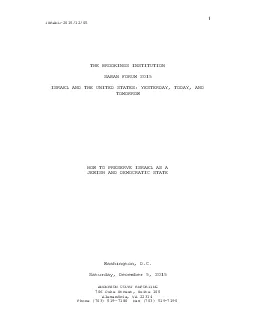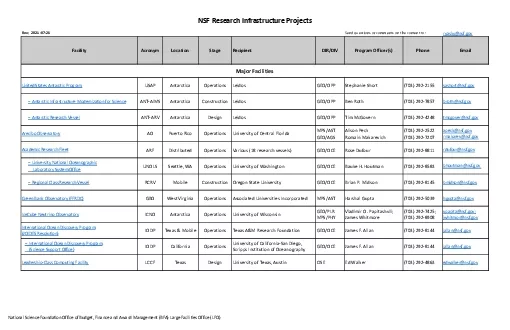PDF-x0000x0000Prepared by Robert M Callaghan 703 6487709rcallagh
Author : harper | Published Date : 2022-08-20
Data in metric tons of cadmium content unless otherwise noted Domestic Production and Use Two companies in the United States produced refined cadmium in 2020 One
Presentation Embed Code
Download Presentation
Download Presentation The PPT/PDF document "x0000x0000Prepared by Robert M Callaghan..." is the property of its rightful owner. Permission is granted to download and print the materials on this website for personal, non-commercial use only, and to display it on your personal computer provided you do not modify the materials and that you retain all copyright notices contained in the materials. By downloading content from our website, you accept the terms of this agreement.
x0000x0000Prepared by Robert M Callaghan 703 6487709rcallagh: Transcript
Download Rules Of Document
"x0000x0000Prepared by Robert M Callaghan 703 6487709rcallagh"The content belongs to its owner. You may download and print it for personal use, without modification, and keep all copyright notices. By downloading, you agree to these terms.
Related Documents














